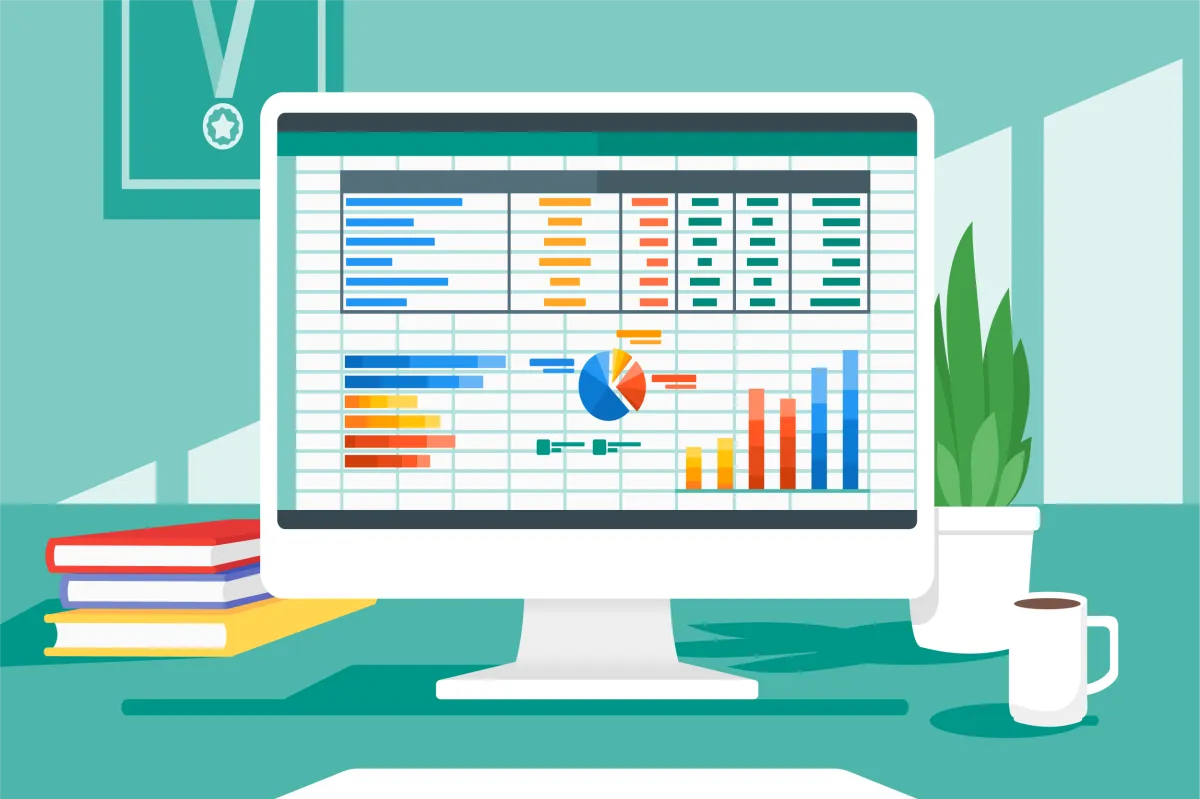
Unlocking Insights: The Art of Using Excel to Understand Your Business' Data
Introduction
In the fast-paced world of business, data is king. Companies are generating mountains of information every day, and the real challenge isn't just collecting it—it's deciphering it. That's where Excel comes in. As a powerful tool, Excel can turn raw data into valuable insights, helping businesses make informed decisions that drive growth. But how do you truly harness the power of Excel to understand your business's data? Let's dive in and explore how this ubiquitous program can be your secret weapon.
Why Use Excel?
Excel isn't just for accountants and data analysts. It's a universal tool that offers an array of features to help any business owner or manager make sense of their data. Here’s why Excel is indispensable:
User-Friendly Interface: Even if you're not a tech guru, Excel's intuitive design makes it accessible for anyone willing to learn.
Versatility: From simple calculations to complex data analysis, Excel does it all.
Accessibility: Available on most computers and integrated into many business processes, Excel is easy to access and use.
Cost-Effective: Compared to specialized software, Excel is affordable and often already included in your Microsoft Office suite.
Excel Tips for Business Data Analysis
1. Mastering the Basics
Before you can run, you need to walk. Understanding Excel's basic functions is crucial:
Formulas and Functions: Learn essential formulas like SUM, AVERAGE, and VLOOKUP to perform basic calculations.
Cell Referencing: Use absolute and relative cell references to make your formulas more dynamic and adaptable.
Conditional Formatting: Highlight key data points automatically based on certain criteria.
2. Data Visualization
A picture is worth a thousand numbers. Use Excel to create visual representations of your data:
Charts and Graphs: Turn columns of numbers into easy-to-understand visuals. Choose from bar charts, pie charts, line graphs, and more.
Pivot Tables: Summarize large datasets to identify trends and patterns without drowning in details.
3. Advanced Excel Techniques
Take your data analysis to the next level with these advanced features:
Macros: Automate repetitive tasks to save time and reduce errors.
Data Analysis Toolpak: Use this add-in for statistical analysis and complex calculations.
Power Query and Power Pivot: Handle and analyze big data sets efficiently with these powerful tools.
Use Excel to Understand Your Business' Data
Excel isn't just a number-crunching tool; it's a window into your business's soul. Here's how you can use it to gain insights:
Understanding Customer Behavior
By analyzing customer data, you can identify buying patterns, preferences, and trends. Use Excel to segment your customer base and tailor your marketing strategies accordingly.
Financial Forecasting
Excel can help project future revenues, expenses, and profits. By creating financial models, you can anticipate financial needs and plan for growth.
Inventory Management
Keep track of stock levels, monitor supplier performance, and optimize order quantities with Excel's inventory management templates.
Employee Performance Tracking
Monitor productivity and set performance benchmarks. Excel's tools allow you to visualize progress and make data-driven HR decisions.
FAQ
Q: How can I learn to use Excel effectively?
A: Start with online tutorials, take a course, or utilize Excel’s built-in help features. Practice regularly by working on real data sets.
Q: What are the limitations of using Excel for data analysis?
A: While powerful, Excel can struggle with extremely large data sets and lacks certain advanced features of specialized data analysis software.
Q: Can Excel integrate with other software?
A: Yes, Excel can import data from various sources and integrate with tools like Power BI for enhanced data visualizations.
Q: Is Excel safe for sensitive business data?
A: Excel offers password protection and encryption features, but always ensure sensitive data is stored securely and backed up regularly.
Conclusion
The key to thriving in today's business environment is understanding your data, and Excel is one of the most versatile tools at your disposal. By mastering Excel, you can transform raw numbers into actionable insights that propel your business forward. Whether you're tracking sales, forecasting financials, or analyzing customer behavior, knowing how to use Excel effectively can give you a competitive edge. So, roll up your sleeves, dive into your data, and watch your business grow.